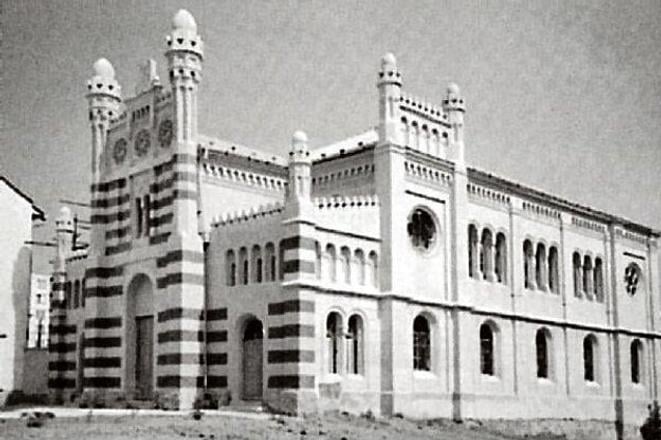A 19th-century synagogue in western Slovakia is to be given a new lease of life after the town of Vrbové secured more than €600,000 in EU funding for its restoration.
The Moorish Revival building, once the centre of a thriving Jewish community, has stood semi-derelict for decades. The EU grant of €582,000, topped up with €100,000 from the town’s budget, will finance work on the towers, windows and doors, electrical wiring and safety features. A neighbouring building will be fitted with toilets, parking and an access ramp, according to My Trnava.
“This project received unanimous backing from local governments in our region,” said Vrbové’s mayor, Štefan Kubík.
From sacred space to storage
The synagogue was built in 1882–83, when Jews made up about a third of the town’s population. After the Second World War, the community was destroyed and the building was stripped of its function, used first to store grain and later as a textile warehouse.
Efforts to restore it after 1989 were hampered by ownership disputes. A breakthrough came in 2016, when the municipality bought half the site from private co-owners for €32,000 and secured Culture Ministry funds to repair the roof.
“The first step in saving this national cultural monument was the town’s decision to take ownership,” said deputy mayor Matúš Opatovský.
Fragile heritage
Around 90 synagogue buildings remain standing in Slovakia, according to the heritage portal synagogueslovakia.sk, but only a handful are still used for worship or have been restored as cultural venues. Most are abandoned or repurposed.
“There are now only about 2,000 people in Slovakia who actively identify with Judaism, and it is beyond their capacity to restore all former synagogues,” said the Central Union of Jewish Religious Communities. “That is why we greatly appreciate when funding from external sources can be secured.”
A new role
The synagogue in Vrbové is one of seven preserved in the Trnava Region. At present it hosts occasional concerts and wine tastings. Once renovated, the town hopes it will become a cultural hub.
“Our ultimate aim is for the building to serve as a centre for community life,” said Opatovský.




